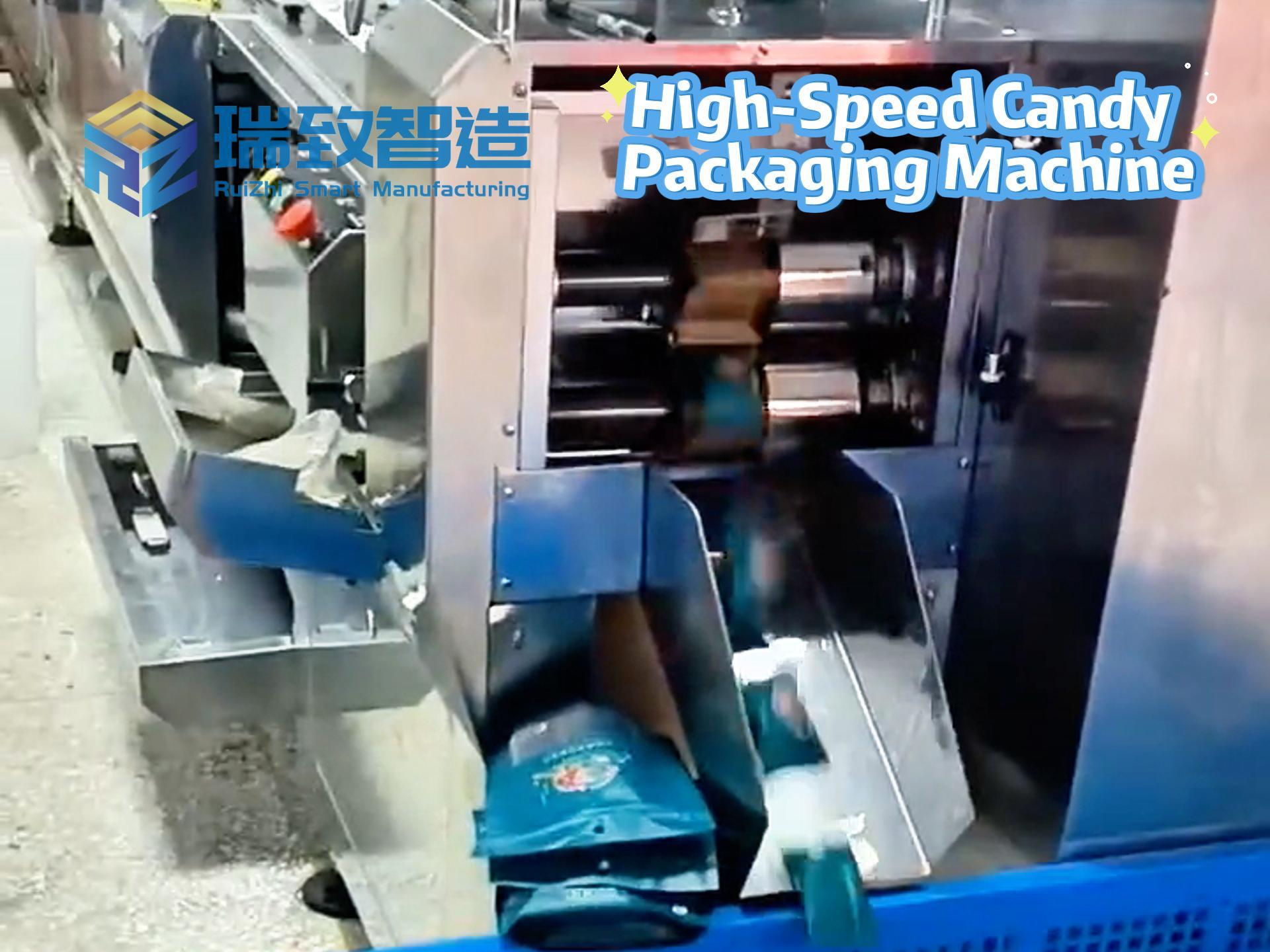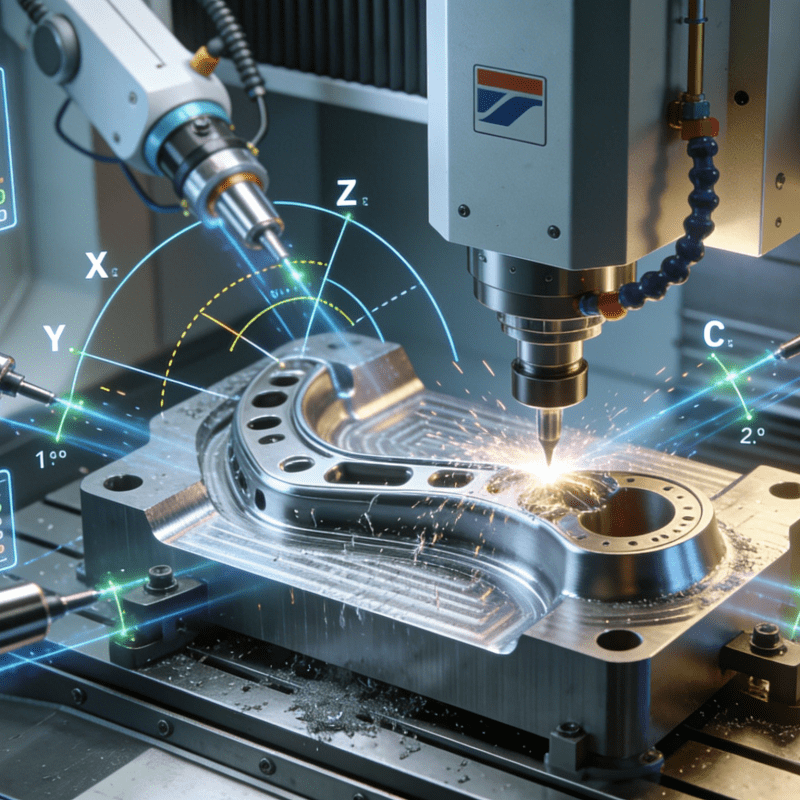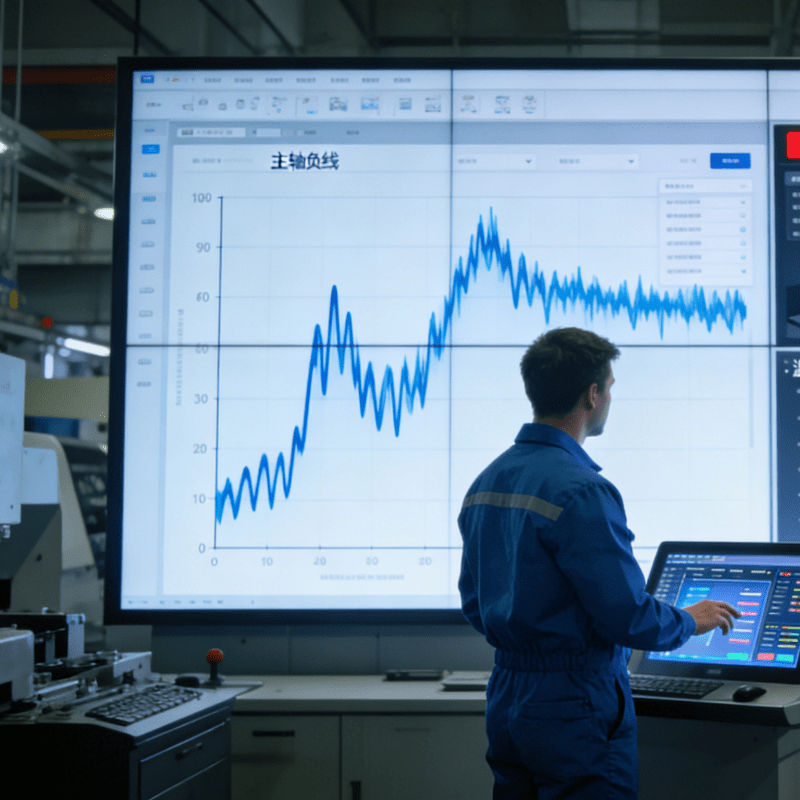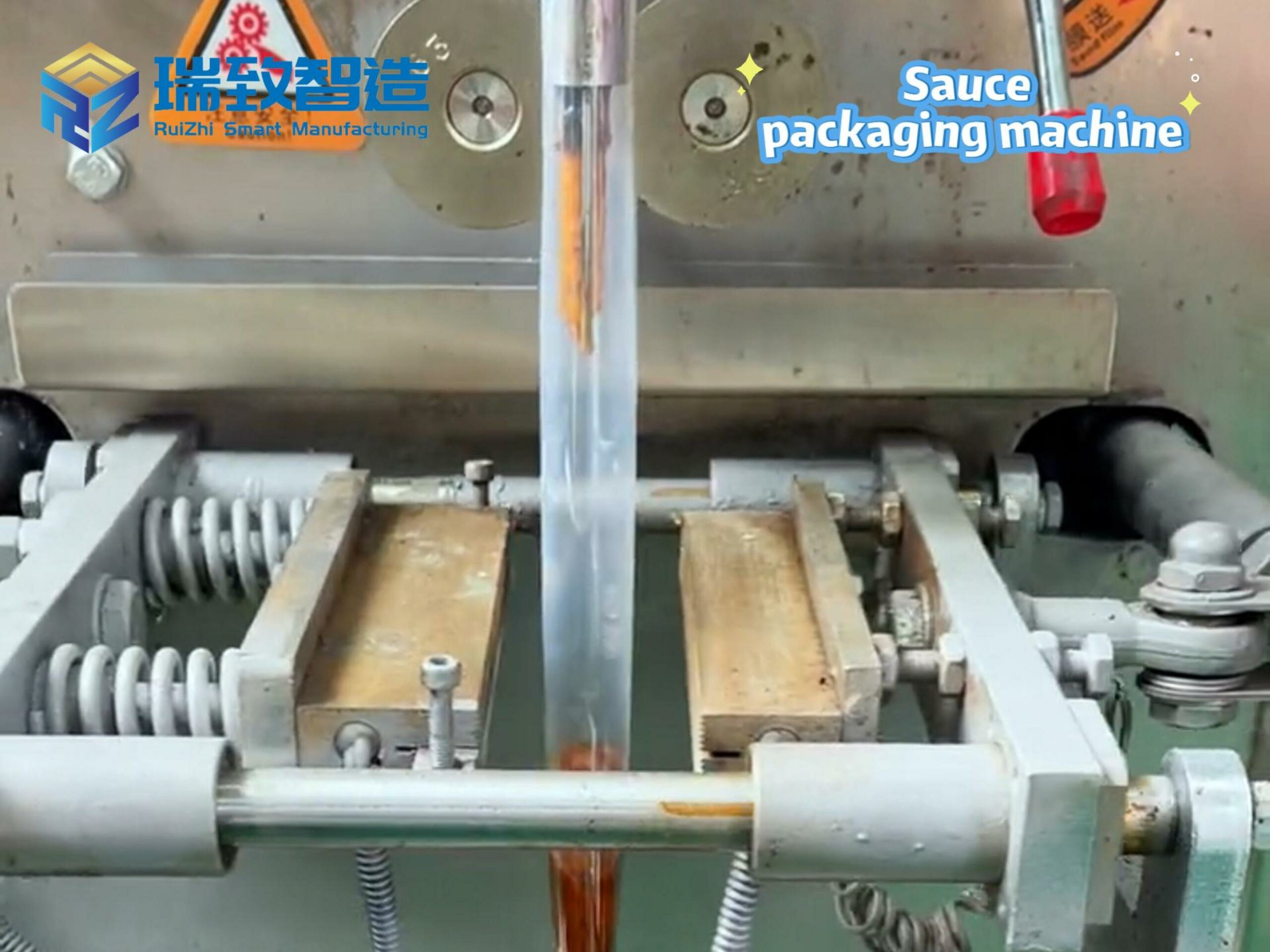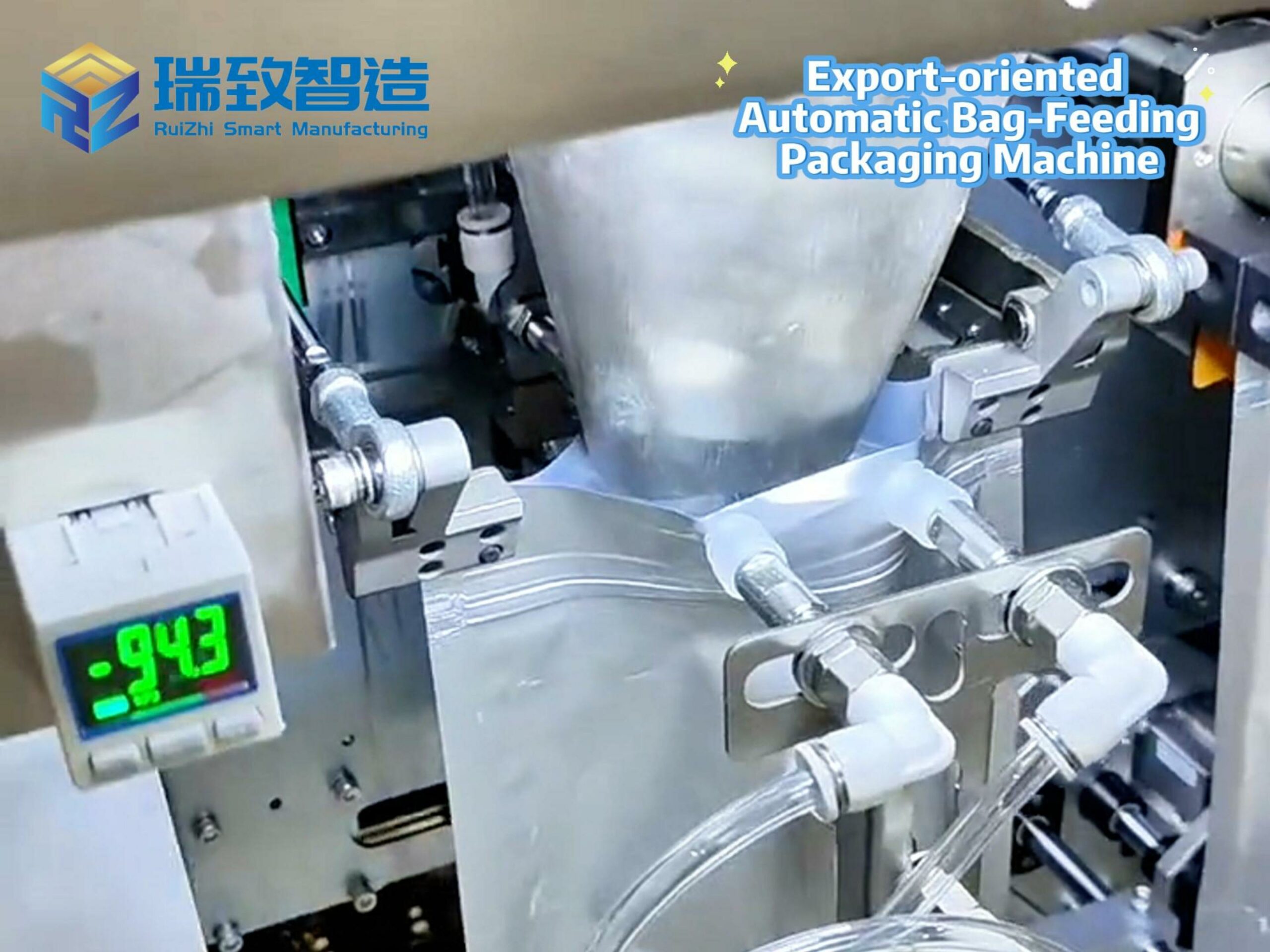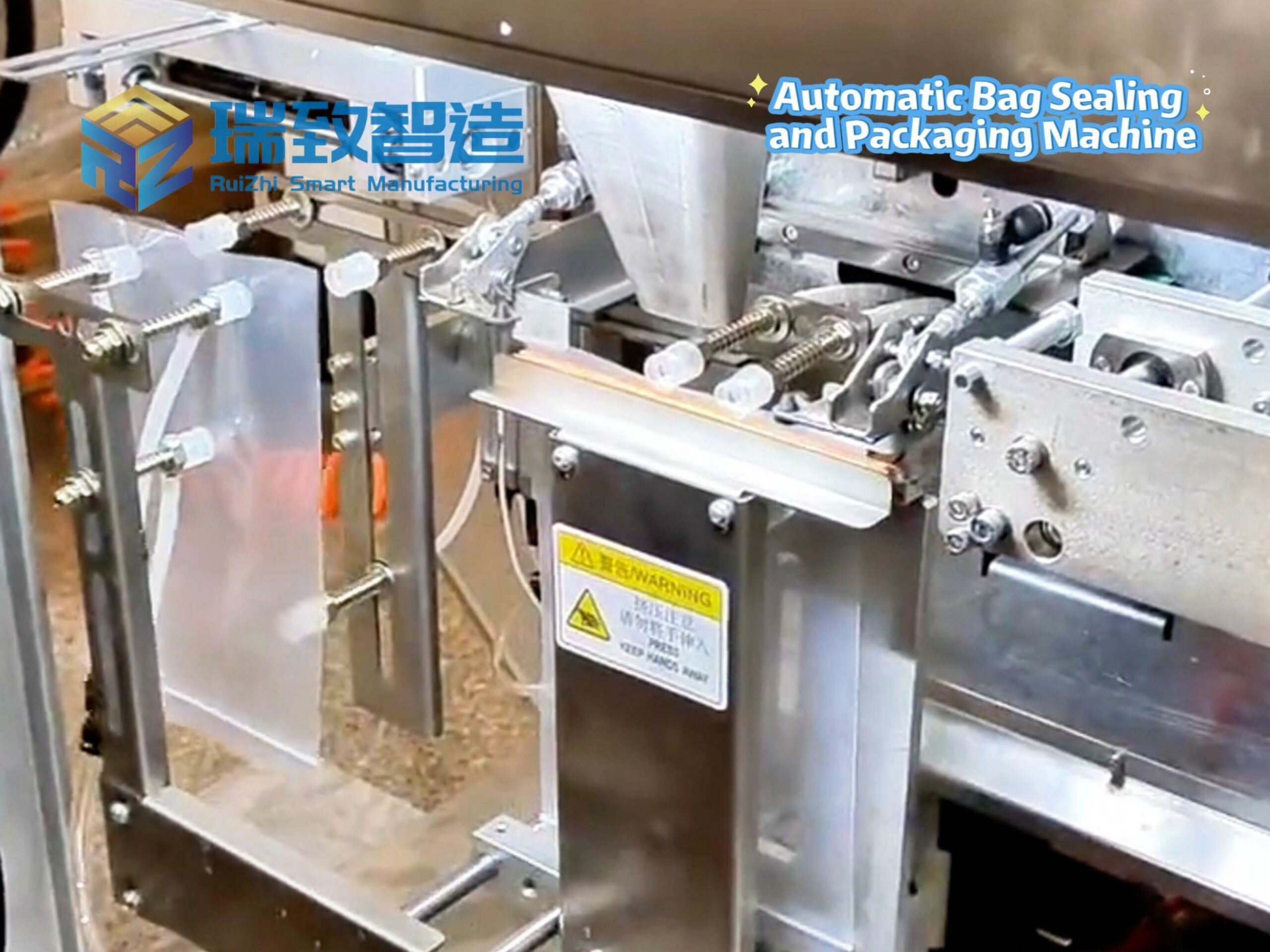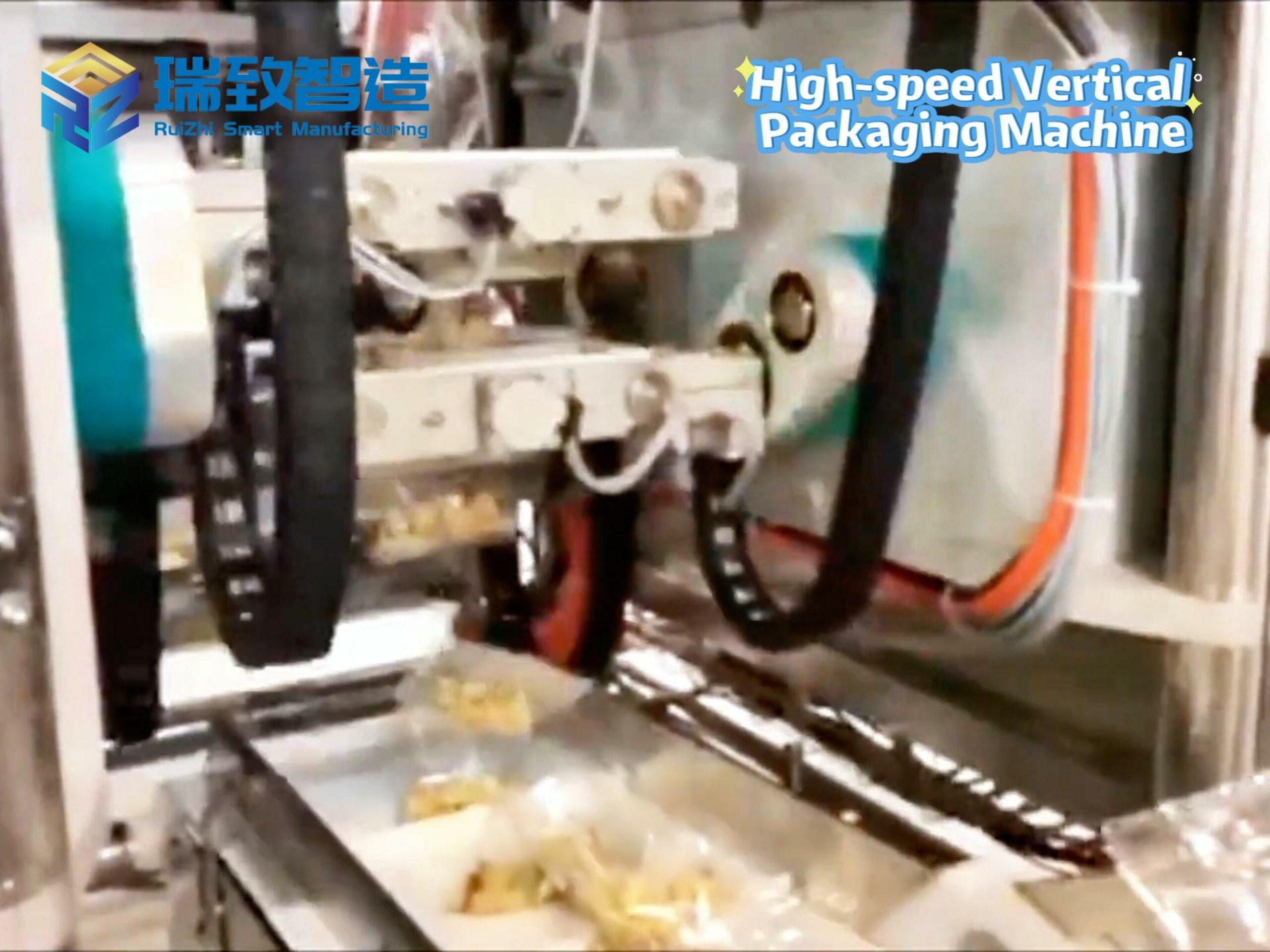
Midea Group recently announced the global launch of its first intelligent agent factory, which is expected to realize an unmanned “dark factory” through the collaborative work of factory intelligent agents and embodied intelligent terminals such as humanoid robots.
Relevant information shows that “Meiluo” is the first humanoid robot developed by Midea Group with key efforts. This year, it was applied from the laboratory to factory scenarios for the first time, and has become a “veteran,” skillfully performing tasks such as equipment inspection and component handling in the factory.
Under the unified scheduling of the factory brain, “Meiluo” can deeply collaborate with factory intelligent agents such as quality management, DMS (Daily Management System), TPM (Total Productive Maintenance), and EHS (Environment, Health, and Safety Management). Combined with multi-modal perception technology and embodied intelligent operation technology, it independently executes high-frequency tasks such as first article inspection, DMS tour meetings, TPM inspections, and EHS inspections, achieving real-time response and autonomous decision-making. In the component assembly process, “Meiluo” can also precisely cooperate with the Flexible automatic loading and unloading vibrator. The vibrator realizes the orderly arrangement and flexible transportation of small components, and then the robot completes grabbing and workstation docking, which increases the efficiency of traditional manual-assisted loading and unloading by more than 50% while reducing material collision losses.
In addition, Midea Group also showcased other non-humanoid robot “employees” in the Midea Washing Machine Jingzhou Factory (hereinafter referred to as “Jingzhou Factory”), among which Yutu is one. Yutu can be seen among rows of washing machines. As an AI inspection robot, Yutu is mainly responsible for detection work and can complete the closed loop of autonomous inspection – autonomous diagnosis – real-time processing. Compared with manual inspection, it not only moves faster than humans but also can work around the clock, increasing the inspection frequency by 100%.
In multiple manufacturing scenarios of Jingzhou Factory, intelligent agents can complete tasks that traditionally take humans hours in seconds, with an average efficiency improvement of over 80%.
The application of robots is part of the digitalization, intelligentization, and unmannedization of Jingzhou Factory. The factory’s 14 intelligent agents cover 38 core production business scenarios. Gao Shu, Secretary of the Board of Directors of Midea Group, introduced that Midea Group entered the industrial robot field after acquiring Germany’s KUKA. KUKA robots are mainly used in industrial scenarios, including consumer electronics, semiconductors, medical care, and auto parts.
In addition, Xi Wei, Director of Humanoid Robot Innovation at Midea Group, stated that the development of humanoid robots will proceed from industrial scenarios to commercial scenarios and then to household scenarios. Household scenarios are the most difficult, so Midea’s humanoid robots will first be applied in industrial and commercial scenarios. For the layout of household scenarios, Midea will “humanize” home appliances through the existing technical accumulation of humanoid robots, making them more intelligent and convenient, and gradually achieving breakthroughs in household scenarios.
At the same time, Xi Wei also revealed an exciting news: Midea’s under-development “Super Humanoid U Series Robot” is in the stage of conceptual design and verification and is expected to be publicly unveiled next year.

Midea Group’s layout and progress in the field of humanoid robots are remarkable. Midea is constantly breaking through technical bottlenecks and promoting the development of humanoid robot technology.
Smart Manufacturing Network sorted out and found that more enterprises dedicated to promoting the intelligent implementation of robots have emerged in the industry, jointly helping humanoid robots move from laboratories to practical applications.
On August 28, 2025, the VersaBot 2.0 robot, applied in industrial manufacturing, logistics, warehousing, and other scenarios, made its debut at the 2025 Digital Expo. This robot is equipped with a high-precision RGBD vision system independently developed by Weimaier Technology Co., Ltd. (referred to as “Weimaier”) and the DeepSeek large model, enabling 360-degree panoramic visual perception, allowing the robot to achieve autonomous positioning, obstacle avoidance, and autonomous walking in a three-dimensional environment.
This humanoid robot is positioned as a “collaborator in human work,” replacing humans in completing simple, repetitive, and high-risk tasks in industrial manufacturing and other scenarios. The robot also has strong learning ability and can be trained to take on different roles such as office runners. Even after extensive learning and iteration, it can master complex skills such as playing the piano. During the Chinese New Year, when relatives urge you to perform talents, the robot can take your place to get you out of the awkward situation.
Recently, Weimaier launched the world’s first humanoid robot head module, OmniHead, which is used in the VersaBot 2.0 robot. This head module has rich open interfaces, can integrate multiple types of information such as vision and voice, and is compatible with multiple humanoid robots.
“At present, this robot has received many orders from domestic and foreign enterprises. We will continue to enrich software and algorithm functions according to customers’ different scenario needs to comprehensively promote mass production,” said Yang Hao, Marketing Manager of Weimaier’s Southwest Region.
In the industrial field, humanoid robots are regarded as the key to solving labor shortages and improving production efficiency. The demand in the industrial field is clear, that is, to replace repetitive labor. Enterprises supporting this path emphasize technical routes such as high-precision operation, modular design, and human-machine collaboration safety to ensure the efficient operation of robots in industrial environments.
Relevant information shows that from the current trend, industrial scenarios will take the lead in realizing large-scale application of humanoid robots.

